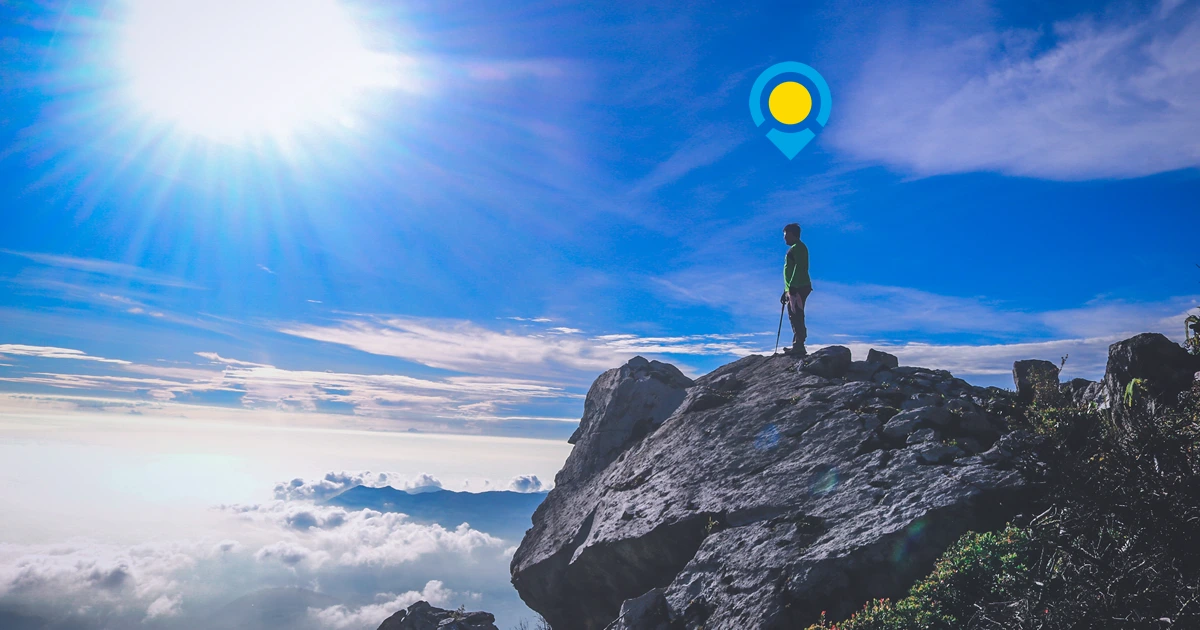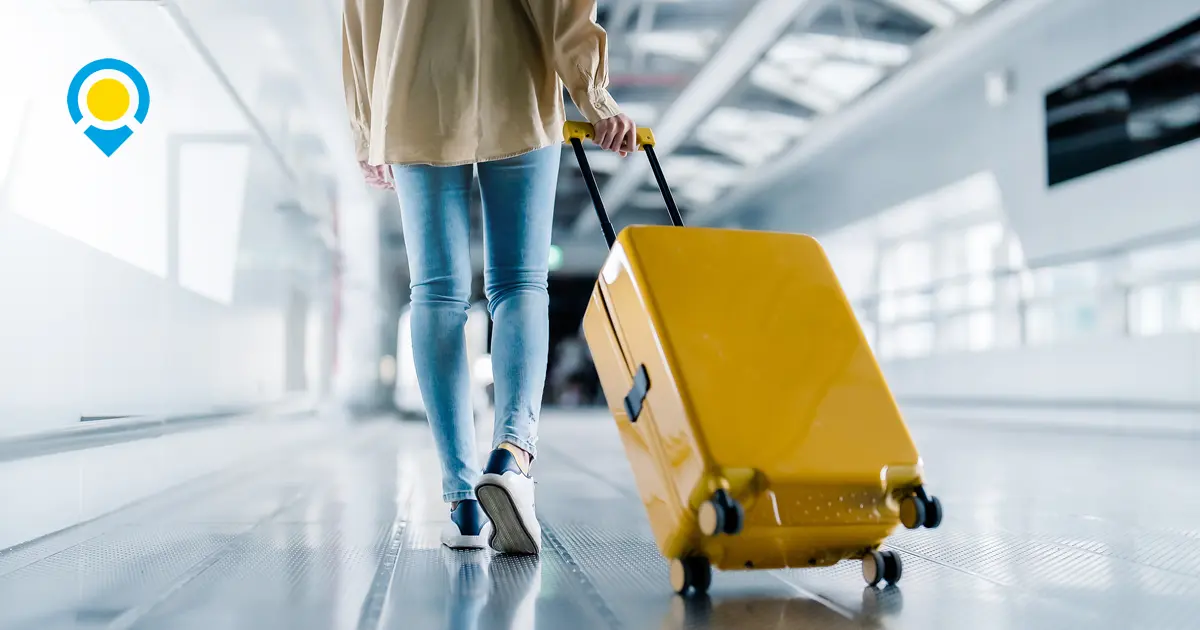
Davao City, the largest city in the Philippines by land area, occupies a prominent position on the southern island of Mindanao. This thriving urban center serves as a crucial economic, cultural, and political hub for the region. With a population exceeding 1.7 million people, Davao City boasts a unique blend of urban development and natural wonders, all while maintaining its distinct cultural identity shaped by various indigenous groups and migrant populations.
The city’s geographical advantages contribute significantly to its prominence. Situated near Mount Apo, the country’s highest peak, and bordered by the Davao Gulf, the city enjoys both mountainous terrain and coastal access. This strategic location has fostered economic growth while preserving breathtaking natural landscapes that attract visitors worldwide. Davao’s reputation for cleanliness and safety, achieved through strict local ordinances and community cooperation, sets it apart from many other Philippine cities.
1. Cultural Mosaic and Environmental Stewardship
Davao City’s cultural landscape reflects the rich heritage of its indigenous inhabitants, including the Bagobo, Mandaya, and Ata tribes. These groups maintain their traditional practices while actively participating in contemporary urban life. The city government supports cultural preservation through various initiatives, including the Kadayawan Festival, which celebrates indigenous traditions through dance, music, and art.
Environmental consciousness forms a cornerstone of Davao’s development strategy. The city maintains numerous green spaces, including the 5.7-hectare People’s Park and the 137-hectare Davao Riverfront Development Project. These areas provide residents and visitors with recreational spaces while contributing to urban biodiversity. The city’s strict anti-smoking ordinance and solid waste management programs demonstrate its commitment to sustainable urban living.
2. Economic Powerhouse and Agricultural Bounty
As Mindanao’s primary economic engine, Davao City contributes significantly to the national economy. The city serves as the regional center for trade, finance, and industry, with special economic zones attracting both domestic and international investors. The Davao International Airport and Sasa Wharf facilitate commerce, handling both passenger traffic and substantial cargo shipments.
The city’s agricultural sector thrives due to its fertile volcanic soil and favorable climate. Davao produces an impressive variety of tropical fruits, earning its reputation as the “Fruit Basket of the Philippines.” The durian, known as the “king of fruits,” represents the city’s most famous export, though other produce like pomelos, mangosteens, and bananas contribute substantially to the local economy. The city’s annual fruit harvest features prominently in festivals and culinary events.
3. Mount Apo: Conquering the Philippines’ Highest Peak
Mount Apo, standing at 2,954 meters (9,692 feet) above sea level, dominates Davao’s western skyline. This active stratovolcano, designated as a Natural Park and UNESCO World Heritage Site nominee, offers one of the country’s premier hiking destinations. The mountain’s diverse ecosystems range from lowland forests to mossy highland vegetation, hosting numerous endemic species.
Several established trails lead to the summit, with the Kapatagan and Kidapawan routes being most popular among climbers. These trails vary in difficulty, typically requiring 2-4 days to complete depending on pace and weather conditions. The mountain serves as the natural habitat for the critically endangered Philippine Eagle, along with other rare fauna like the Philippine tarsier and Mindanao bleeding-heart pigeon.
Climbing Mount Apo requires careful preparation due to changing weather patterns and challenging terrain. The Department of Environment and Natural Resources (DENR) mandates climbing permits and often requires the accompaniment of accredited guides. The best climbing season runs from March to May, when rainfall is minimal and temperatures are most favorable.
4. Philippine Eagle Center: Conservation in Action
The Philippine Eagle Center in Malagos represents one of Davao’s most significant conservation efforts. This 8.4-hectare facility, operated by the Philippine Eagle Foundation, serves as both a breeding sanctuary and public education center for the critically endangered Pithecophaga jefferyi, the world’s largest eagle species.
Visitors to the center can observe approximately 30 Philippine eagles in various stages of conservation, including breeding pairs and rehabilitated individuals. The facility’s successful captive breeding program has produced numerous eaglets since its establishment, contributing to species preservation efforts. Educational tours explain the eagle’s ecological importance as a keystone species in Philippine rainforests.
The center also houses other raptor species and endemic wildlife, providing a comprehensive overview of Mindanao’s biodiversity. Through its adoption programs and volunteer opportunities, the facility engages the public in direct conservation action. The adjacent nature park features canopy walks and viewing decks that allow visitors to appreciate the eagles’ natural behaviors.
5. People’s Park: Urban Oasis of Art and Nature
People’s Park, designed by renowned architect Francisco “Bobby” Mañosa, exemplifies Davao’s commitment to blending urban development with green spaces. This centrally located park spans 5.7 hectares of meticulously landscaped gardens, water features, and artistic installations that celebrate Davao’s cultural heritage.
The park’s most striking features include larger-than-life sculptures depicting indigenous peoples, a dancing fountain that performs synchronized shows, and a mini-forest with native tree species. Walking paths wind through themed gardens, including an orchidarium showcasing Mindanao’s diverse epiphytic plants. The park’s amphitheater hosts regular cultural performances, particularly during festivals and weekends.
As a social space, People’s Park serves as a gathering point for families, fitness enthusiasts, and art appreciators. The park’s design incorporates numerous shaded areas and seating spaces, encouraging visitors to linger and enjoy the peaceful atmosphere. Maintenance crews ensure the park remains immaculate, reflecting Davao City’s reputation for cleanliness and order.
6. Culinary Journey Through Davao’s Flavors
Davao’s culinary scene reflects its agricultural abundance and cultural diversity. The city’s food culture revolves around fresh ingredients, particularly its famous fruits and seafood from the Davao Gulf. Durian features prominently in both savory and sweet preparations, from durian pizza to durian candies and ice cream.
Local specialties include kinilaw (ceviche-style raw fish salad), crispy pata (deep-fried pork knuckle), and sinuglaw (a combination of grilled pork and kinilaw). The city’s Chinese community contributes dishes like batchoy (noodle soup) and lumpia (spring rolls), while Muslim eateries offer halal versions of traditional Mindanaoan cuisine.
Roxas Night Market remains the premier destination for street food enthusiasts, operating nightly along Roxas Avenue. Hundreds of stalls serve grilled meats, fresh seafood, and local snacks at affordable prices. For more upscale dining, clusters of restaurants in Lanang and Damosa Gateway offer contemporary interpretations of regional cuisine.
7. Wildlife Encounters at Davao Crocodile Park
The Davao Crocodile Park, established in 2005, functions as both a tourist attraction and conservation facility. The park houses over 1,000 crocodiles, including massive saltwater specimens exceeding 5 meters in length. Daily shows demonstrate the reptiles’ natural behaviors while emphasizing conservation messages.
Beyond crocodiles, the park maintains a mini-zoo featuring other Philippine wildlife, including bearcats, monkeys, and various bird species. The butterfly house showcases Mindanao’s diverse lepidoptera, while the animal encounter area allows supervised interaction with tamer species.
Educational programs target school groups and families, focusing on wildlife conservation and ecological balance. The park’s breeding program contributes to crocodile population management, with some animals eventually released into protected wetland areas.
8. Shopping for Authentic Davao Souvenirs
Aldevinco Shopping Center has served as Davao’s premier handicraft market since the 1960s. This two-story complex houses dozens of stalls selling traditional textiles, carved wood products, and tribal jewelry. The market specializes in items from Mindanao’s indigenous groups, particularly the T’boli, Bagobo, and Mandaya tribes.
Notable purchases include t’nalak cloth (handwoven abaca fiber), brass accessories, and mother-of-pearl inlaid boxes. Food items like durian candies, cacao tablets, and coffee make excellent edible souvenirs. Bargaining remains customary, though prices are generally reasonable compared to tourist areas in other Philippine cities.
For modern shopping needs, SM Lanang Premier and Abreeza Mall offer international brands alongside local designers. These malls also feature supermarkets stocking Davao’s agricultural products, allowing visitors to bring home fresh or processed fruits.
9. Festivals: Celebrating Davao’s Spirit
The Kadayawan Festival, held every third week of August, represents Davao’s premier cultural event. This week-long celebration honors the city’s indigenous roots and agricultural bounty through various activities. The Indak-Indak sa Kadalanan street dancing competition features elaborately costumed performers moving to tribal rhythms, while the Pamulak Floral Float Parade showcases stunning floral arrangements on mobile platforms.
Other notable festivals include Araw ng Davao in March, commemorating the city’s founding, and the Durian Festival in August, highlighting the region’s most famous fruit. These events provide excellent opportunities to experience Davao’s vibrant culture and hospitality.
Practical Travel Information
The best time to visit Davao is during the dry season from December to May, with Kadayawan Festival offering the most vibrant experience. The city’s efficient taxi system and ride-hailing apps make transportation convenient, while numerous accommodation options range from budget hostels to luxury resorts.
Safety remains a priority, with visible police presence and strict enforcement of local ordinances. Visitors should respect smoking bans and liquor regulations, which contribute to Davao’s orderly atmosphere. The city’s international airport connects to major Asian destinations, while domestic flights provide easy access from Manila and other Philippine cities.
Davao City offers an unparalleled combination of urban convenience and natural wonders, making it an essential destination for travelers seeking authentic Philippine experiences beyond the usual tourist trails. From mountain adventures to cultural immersion, the city provides diverse opportunities to create lasting memories.



